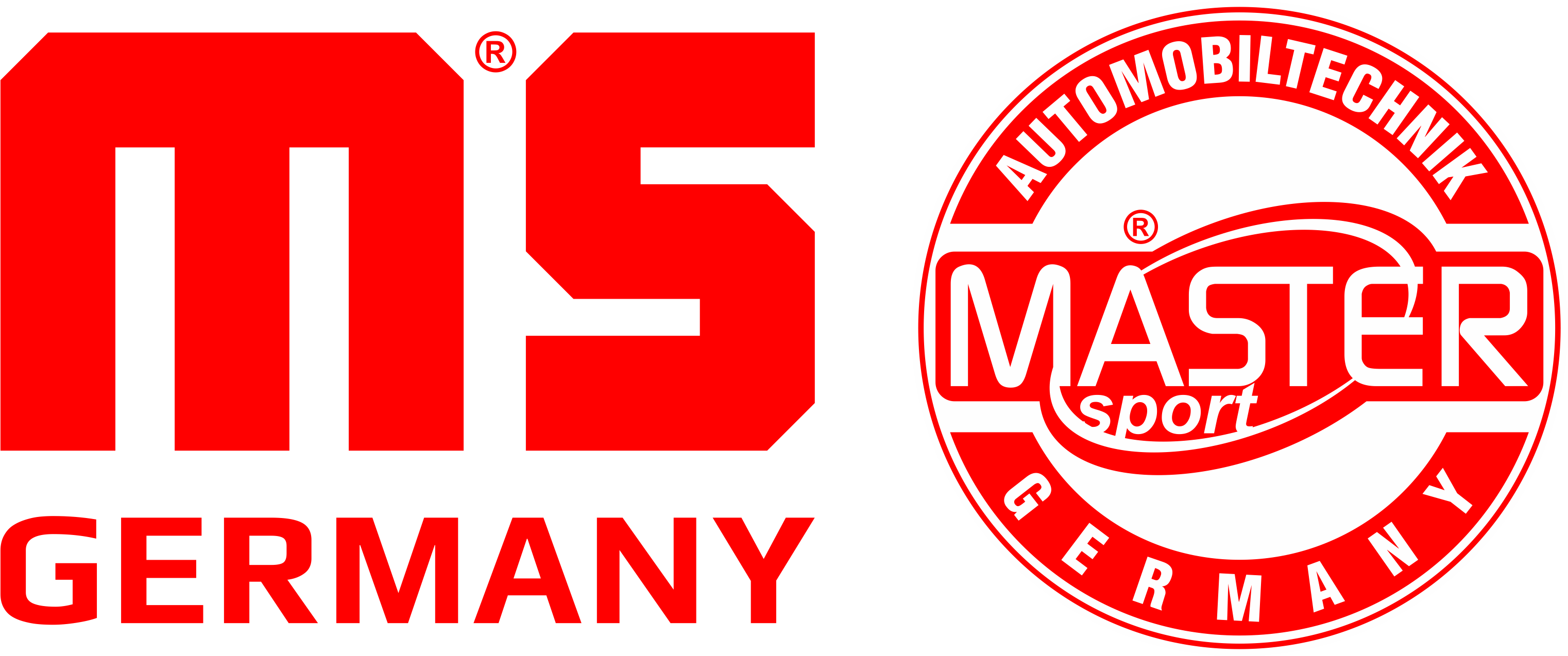Introduction
A cabin filter is a key component in every car, responsible for cleaning the air that enters the vehicle’s interior. Choosing the right filter can significantly impact driving comfort and the health of passengers. Often, we wonder whether it’s worth investing in more expensive cabin filters or if we should opt for cheaper models. In this article, we will analyze the costs versus benefits, compare cheaper and more expensive models, and provide examples of situations where a more expensive filter might be the better choice.
Cost-Benefit Analysis
Purchase Costs
Purchasing a cabin filter involves different costs depending on its type and brand. Cheaper cabin filters can cost between 20 to 50 PLN, while more expensive models, especially those with advanced filtration technologies, can cost from 100 to 200 PLN or more. It’s important to note that price often reflects the quality and effectiveness of the filter.
Health Benefits
Investing in a more expensive cabin filter can bring significant health benefits, especially for individuals suffering from allergies, asthma, or other respiratory conditions. More expensive filters, such as HEPA (High Efficiency Particulate Air) filters, are capable of capturing finer particles, bacteria, viruses, and allergens, which greatly improves the air quality inside the vehicle.
Efficiency and Durability
More expensive cabin filters often feature higher efficiency and longer lifespan. They may be more resistant to clogging and maintain their effectiveness for a longer period, translating to less frequent replacements and lower long-term operating costs.
Comparison of Cheaper and More Expensive Models
Cheaper Cabin Filters
Cheaper cabin filters are usually made from basic filtration materials such as paper or synthetic fibers. They are effective at trapping larger particles such as dust and pollen but may not be sufficient for capturing finer pollutants like bacteria or smog. Their shorter lifespan means more frequent replacements, which can increase operating costs over the long term.
More Expensive Cabin Filters
More expensive cabin filters often utilize advanced technologies and materials, such as activated carbon layers or electrostatic filtration layers. HEPA filters, for example, can capture particles as small as 0.3 micrometers with an efficiency of 99.97%. This makes them more effective at cleaning the air of fine pollutants and allergens.
Examples of Situations Where a More Expensive Filter Might Be a Better Choice
People with Allergies or Respiratory Conditions
If you or your passengers suffer from allergies, asthma, or other respiratory issues, investing in a more expensive cabin filter can significantly improve quality of life. HEPA filters or filters with activated carbon layers can greatly reduce the amount of allergens, pollen, and other irritants in the air inside the vehicle.
Driving in High Pollution Conditions
If you frequently drive in areas with high air pollution levels, such as large cities or industrial areas, a more expensive cabin filter can better protect you from harmful particles and gases. Filters with activated carbon can neutralize harmful chemicals and unpleasant odors, improving driving comfort.
Long Journeys and Frequent Use of Air Conditioning
If you often travel long distances or regularly use air conditioning, a more expensive cabin filter can provide better performance and longer durability. Better air quality contributes to reduced fatigue for the driver and passengers, which is especially important during long trips.
Conclusion
Investing in a more expensive cabin filter can bring many benefits, especially for people with allergies, asthma, or those who frequently travel in high pollution conditions. While cheaper cabin filters are effective in basic filtration, more expensive models offer higher efficiency, better health protection, and longer durability. It’s worth carefully considering your needs and driving conditions before making a choice to ensure the highest comfort and safety for yourself and your passengers.


